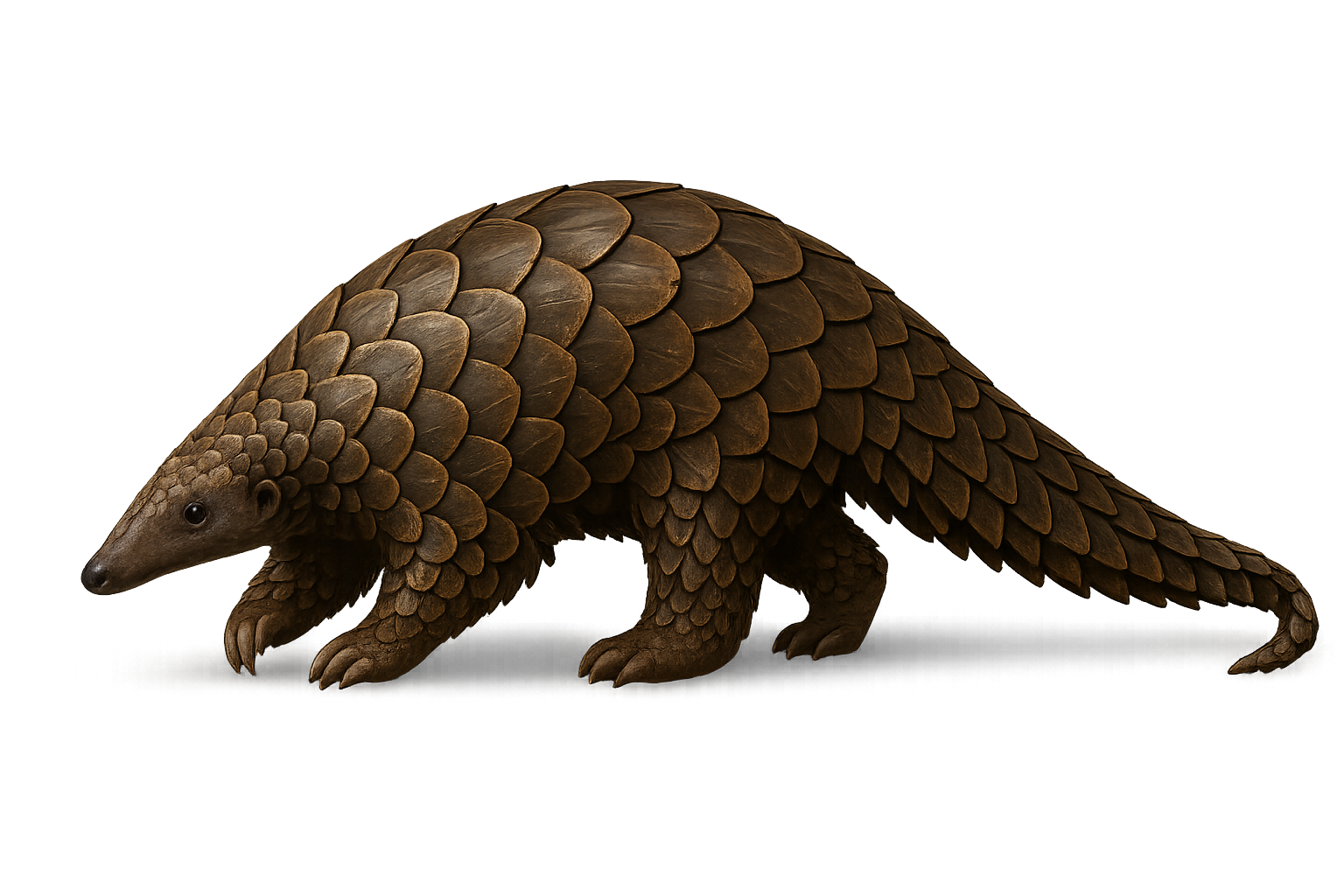Your wildlife photography guide.
Explore the giant pangolin in detail, study its behavior, prepare your shots.
Where to observe and photograph the giant pangolin in the wild
Learn where and when to spot the giant pangolin in the wild, how to identify the species based on distinctive features, and what natural environments it inhabits. The WildlifePhotographer app offers tailored photography tips that reflect the giant pangolin’s behavior, helping you capture better wildlife images. Explore the full species profile for key information including description, habitat, active periods, and approach techniques.
Giant Pangolin
Scientific name: Smutsia gigantea

IUCN Status: Vulnerable
Family: MANIDAE
Group: Mammals
Sensitivity to human approach: Suspicious
Minimum approach distance: 60 m
Rut period: May to August
Gestation: 139-150 jours
Births: September to January
Habitat:
Dense forests and savannas of West Africa
Activity period :
Mainly active at night, generally discreet during the day.
Identification and description:
The Giant Pangolin is the largest of the pangolin species, measuring between 1.2 and 1.5 meters in length, with a tail that can account for up to half of its total length. It weighs between 30 and 40 kg. This mammal, covered in large keratin scales, primarily lives in the forests of Central Africa, particularly in the Democratic Republic of the Congo and the Republic of the Congo. It is an excellent burrower and primarily feeds on termites and other insects, which it captures with its long tongue. The Giant Pangolin is a nocturnal and solitary species, using its powerful claws to dig burrows or open insect nests. Although its population is not well-known, the Giant Pangolin is threatened by deforestation, illegal hunting, and poaching for its scales, making it a vulnerable species.
Recommended lens:
300 mm – adjust based on distance, desired framing (portrait or habitat), and approach conditions.
Photography tips:
Approach slowly and discreetly, as the giant pangolin is a nocturnal and shy animal that can curl into a ball to protect itself when threatened.
Photograph in low light conditions, using a large aperture lens to capture the animal in its natural environment during the night or at dusk.
Be patient and respectful: The giant pangolin spends a lot of time foraging for food, mainly termites, and can move slowly through its habitat. Wait for moments when the animal is more active and less on guard.
Respect its natural space: Avoid disturbing its behavior by keeping a reasonable distance and minimizing any noise or sudden movements.
The giant pangolin is a vulnerable species, due to poaching and habitat loss. It is crucial to respect its natural habitat and minimize disturbances. Follow local conservation guidelines to preserve this endangered species.
The WildlifePhotographer App is coming soon!
Be the first to explore the best nature spots, track rutting seasons, log your observations, and observe more wildlife.
Already 1 432 wildlife lovers subscribed worldwide

